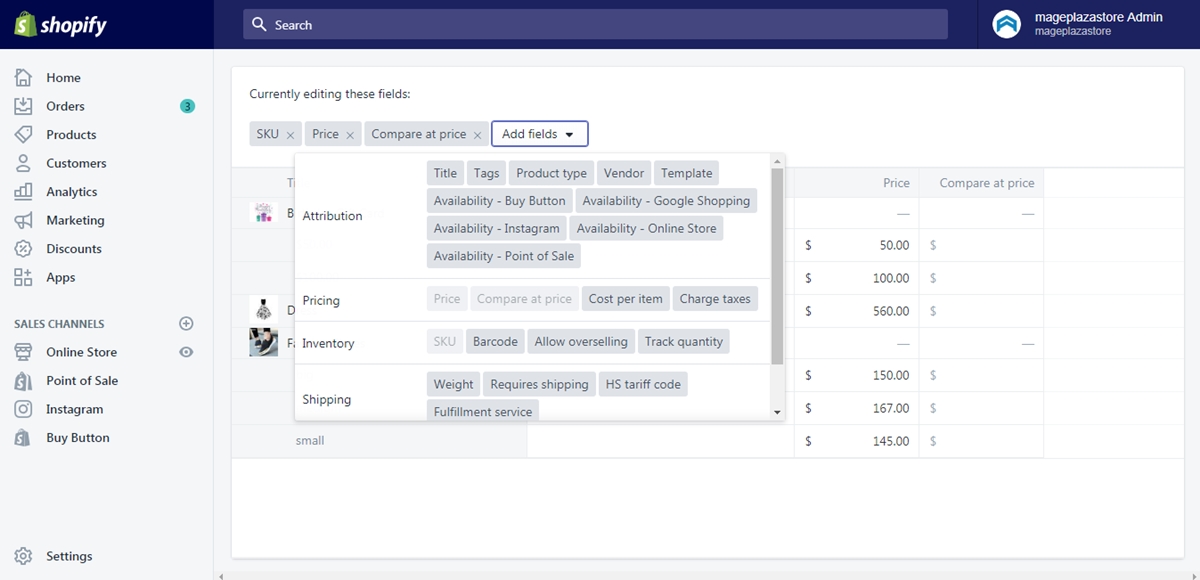
However, it still exists in your database, and your inventory hasn’t changed. Like showing only the products tagged with ‘Offer.’ In this case, when you remove the ‘Offer’ tag from a product, the product will disappear from that offers page. For example, you could be using Shopify tags to set the products that would show on your offers page. Removing a product tag doesn’t affect the product itself and has nothing to do with its existence on your online store, but there might be consequences. To summarize the process of removing tags: Furthermore, removing tags can be done in bulk, saving time for online store admins. Once you’re ready, you can simply remove the tag by clicking on the ‘X’ symbol next to it, and it will remove the tag immediately, which only applies to the product itself. For instance, the products page or the blog posts page. You have to open the specific page in Shopify. For instance, you can tag customers with ‘VIP’ and ‘Medium Buyer’ or even ‘Opt Out.’ Later use the filters to group them as per your plan.ĭeleting tags can be done easily. You can then filter customers and apply bulk actions to them. Imagine how beneficial it would be to tag customers based on their buying capacity or geographical location.

Not just products but lots of other content can also be tagged. The exciting thing about tags is how wide they can be applied in Shopify. You can filter the products tagged with ‘Winter2022’ and ‘scarves’ and ‘men,’ and you will get them immediately. Later your filters will be more specific, and the results will match your expectations. For instance, adding the tags ‘hats’ and ‘scarfs’ to the ‘Winter2022’ to identify hats and shorts within the collection.

You can also use multiple tags simultaneously to group your products in different categories and enable advanced filtering in the future. The decision is up to you, and Shopify tags made it easier for you to group all these products in one group in an effortless way. You don’t need to check the products one by one.Īll you need is to filter the products page to get the ‘Winter2022’ products, and then you can apply a bulk action to all of them, like a discount, for example, or even hiding them totally from the store. When you upload one hundred products for the winter collection at the beginning of the season, you can tag them all as ‘Winter2022,’ and when the winter is about to end, you may want to offer a discount for everything remaining from that collection. Let’s break the ice with a practical example.

As you add products to your store, you can tag them with numerous tags and later filter the products depending on these tags. Shopify tags allow online store managers to classify products based on hidden categories that customers will not see.


 0 kommentar(er)
0 kommentar(er)
